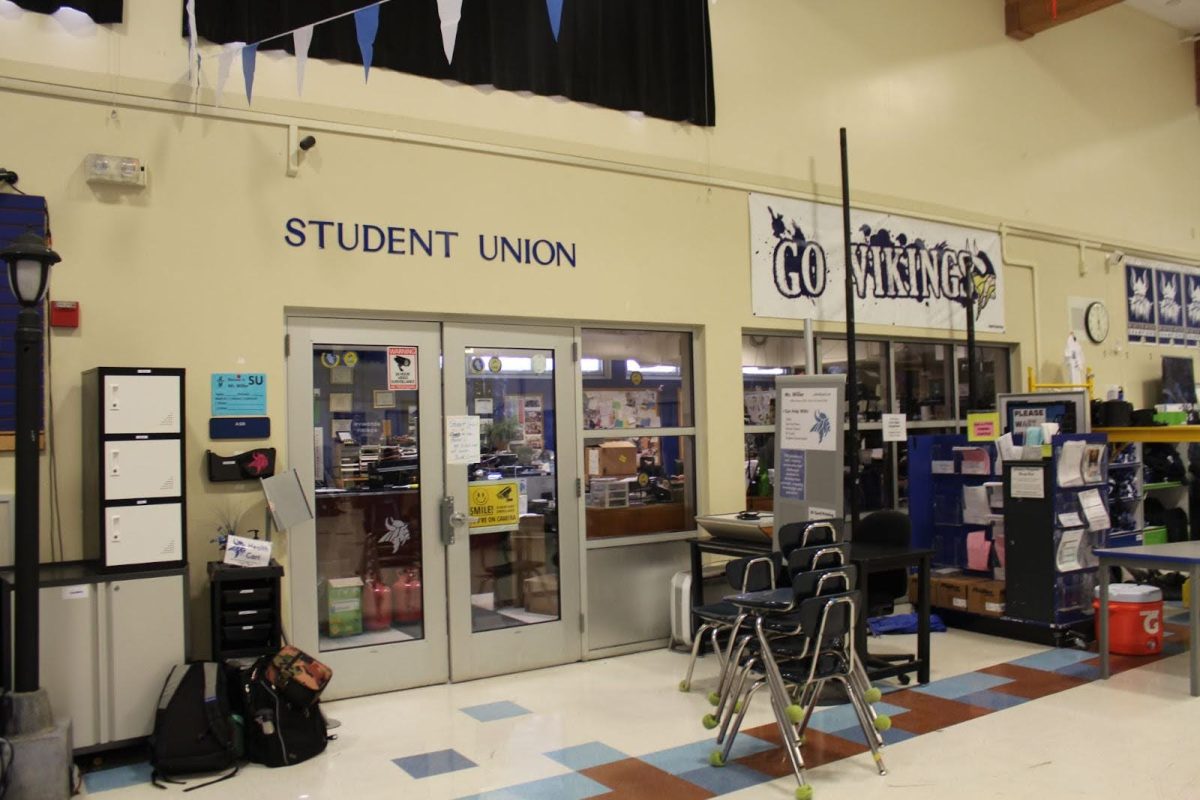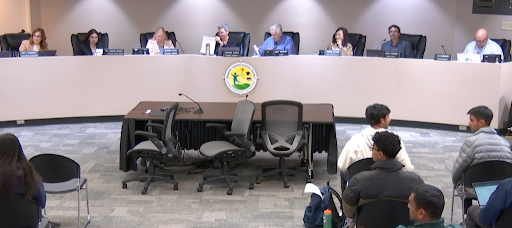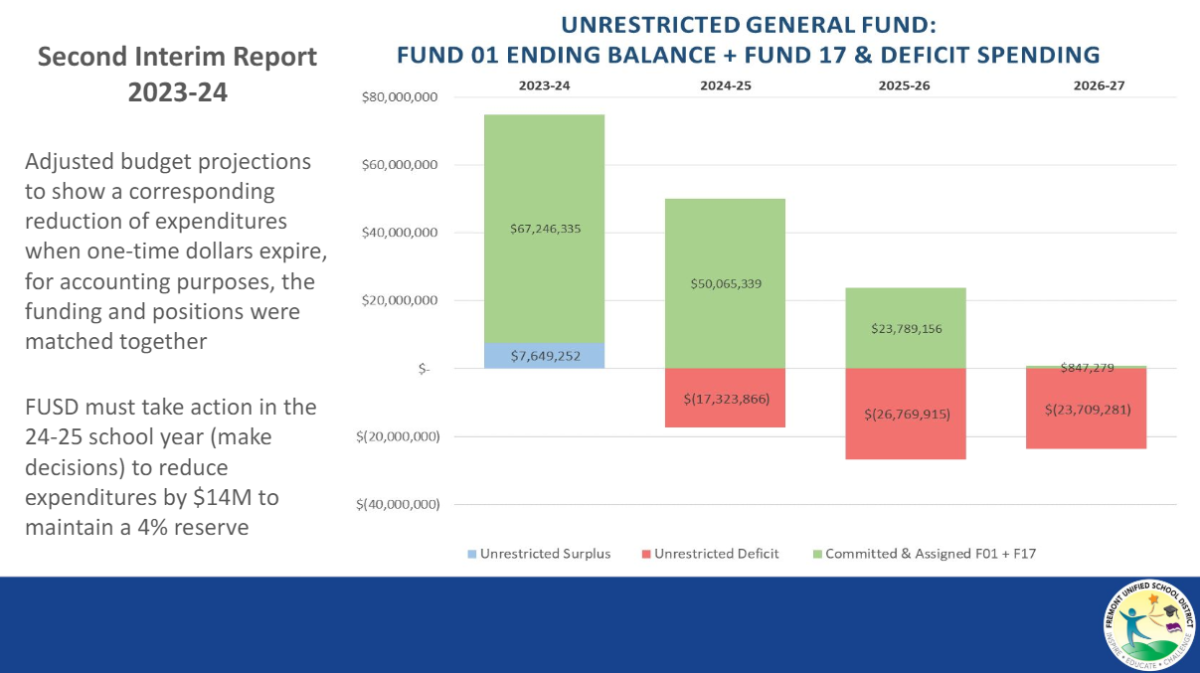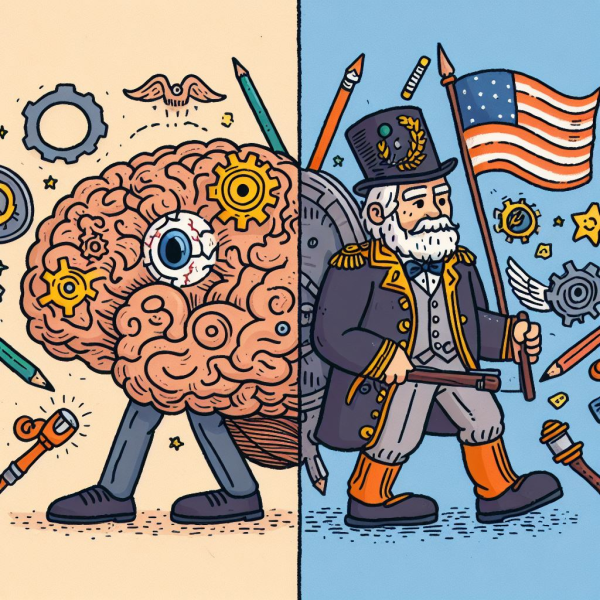Testing Changes: Unwanted? Maybe. Necessary? Absolutely
October 5, 2020
“You snapped, sis,” commented one angry student under a post Collegeboard made regarding the upcoming SATs. “Do your neck next.” Most students have felt some sort of resentment towards the standardized testing system, be it because of the way it disproportionately benefits students wealthy enough to afford tutoring or because they just don’t want to study. While colleges have long been moving towards reducing the emphasis placed on high standardized test scores to get into college, the University of California has made one of the most drastic decisions of recent years: choosing to eliminate the SAT category altogether. While many people are upset about this decision, this anger is misguided due to flexible testing strategies having already benefited applicants at NYU and UChicago, and how disregarding the SAT will help reduce the disparity between upper and lower classes when it comes to college applications.
Many colleges already have flexible testing strategies that benefit students applying by giving them other methods of demonstrating their intelligence. Prominent universities such as NYU, University of Chicago, and University of Rochester (link) are some of the most prestigious of those who are more flexible when it comes to standardized testing scores. Flexible testing strategies are when colleges allow students to opt out of submitting the SAT for their college applications, instead choosing to submit AP test grades, subject test grades, or even not submit tests altogether; students at the Tisch School of the Arts at NYU, for instance, submit an example of their work as an artist, be it a portfolio of their pieces or an audition In the end, this enables students to show actual strengths and abilities, not just how good they are at memorizing a testing formula.
Secondly, eliminating mandatory SAT testing scores will allow lower-income students a more equal opportunity of getting into a good college. A 2015 analysis of SAT test scores, done by Inside Higher Ed, revealed that the lowest scores in each of the three sections (Reading & grammer, math, and writing), came from students living in households with an average family income of less than 20,000$, while the highest scores came from students in households that make 200,000$ and up. Part of this disparity arises from the extensive resources available to the higher-income students: tutoring, practice books, and online programs, which all guarantee higher test scores but also have higher prices. Low income students may find it difficult to achieve similar levels of success because they can’t afford the same level of tutoring. Some may even have to take care of siblings or work after school, stopping them from being able to study as diligently. Eliminating the SAT requirement will eliminate this disparity to an extent.

Many people are upset with how “sudden” the changes seem to be, but considering the fact that the first year that the SAT will be disregarded is in 2025, the long-term plans of the class of 2025 should not be greatly affected. These students are in sixth grade now, and will be juniors in the years 2022-2023, so the majority of them have not yet started to prep for the exam anyway. Students from previous classes have even less to worry about, since these changes would not be implemented until they have already applied for college.
In conclusion, the upcoming changes to the SAT are indicative of an overall dismissal of standardized testing in general, something that both parents and students have been advocating for for years. With the elimination of SATs and other standardized testing options, value can instead be placed on the students leadership, extracurricular activities, as well as their passion for their chosen field of study. This will also reduce the divide between wealthier and less wealthy families when it comes to college admissions. In the long run, eliminating standardized testing will benefit colleges & more importantly, the students applying and attending.




















